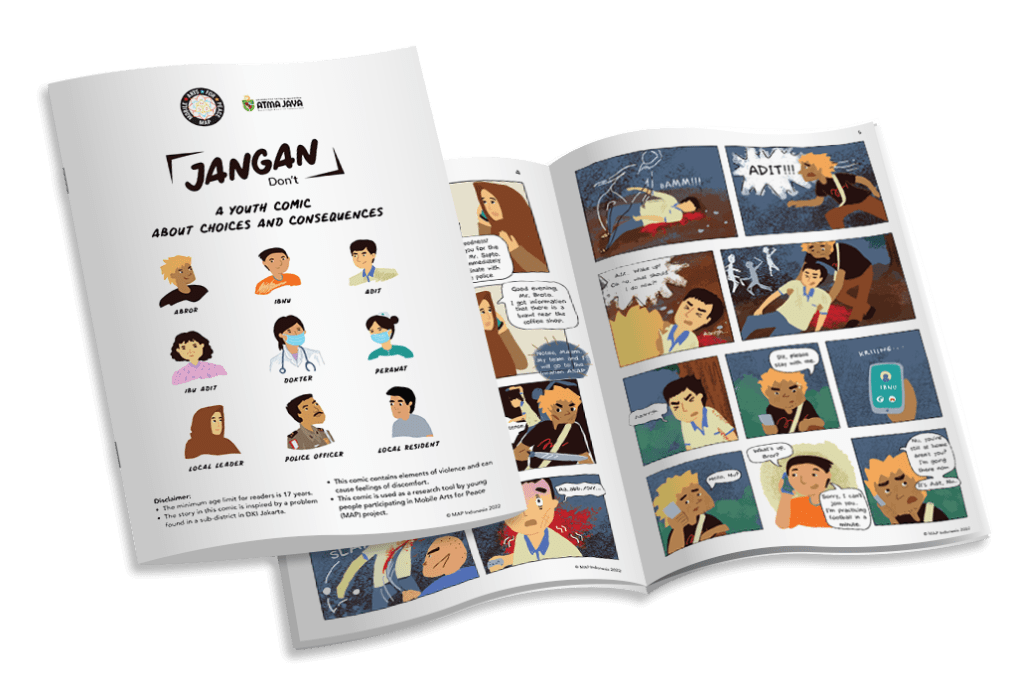Policy Briefs are a way of communicating short, timely solutions, capturing positive visions through presenting rigorous, credible, and concise information. The information is based on research evidence aimed at informing policy makers of how and why they should change policies/laws. Policy Briefs often:
- describe a problem and why it is important (including situating in a wider context)
- present evidence on the impact of the problem
- make recommendations for different people or organizations (e.g., government, community organizations) on what needs to be done to address the problem (often connects to wider references/context)
We are interested in exploring and experimenting with Policy Briefs, asking ourselves:
“how can we infuse the emotive, affective, and disruptive elements of artistic endeavours into the form of a Policy Brief?”
Art uses images, symbols, ideas, metaphors and other bodily/more than verbal expressions to enable constructions of new social imaginaries that can inspire change toward a more desirable future.
A Policy (Art) Brief seeks to open up a new/divergent perspective that may not be typically considered through both verbal and non-verbal communication. They open out/generate types and forms of expression, which can also emote responses in the viewer/reader. These experimentations we call Policy (Art) Briefs, and through our projects we are sharing some of our approaches and learnings. Guiding us on this endeavour are assumptions that they can:
- bring together a cross collaboration between artists, youth, adult allies, ideally representing a melting pot of different ways of knowing
- present an alternative to information overload
- way to access difficult knowledge associated with conflict and violence.
Follow our progress

As we progress in 2023/24 we will link to our explorations from this page, and share our findings through our newsletter. Sign-up below.
If you too are interested in such approaches and wish to share and or learn more, please contact Sarah: SHuxley@lincoln.ac.uk
Experimentation
Below are two examples of policy briefs produced by the Youth Advisory Advocacy Researcher (YAAR) group in Nepal as part of the Inter-generational Dialogue Project (2023-2024). They are one example/interpretation, focusing on the use of infographics, which explore how a Policy (Art) Brief can be envisioned:
We also include examples from the previous phase (2022) where policy briefs from each of our four focus countries have been redesigned to showcase the arts-based nature of our approach. We invite you to browse through this format and let us know what you think…
 Loading…
Loading…
 Loading…
Loading…
